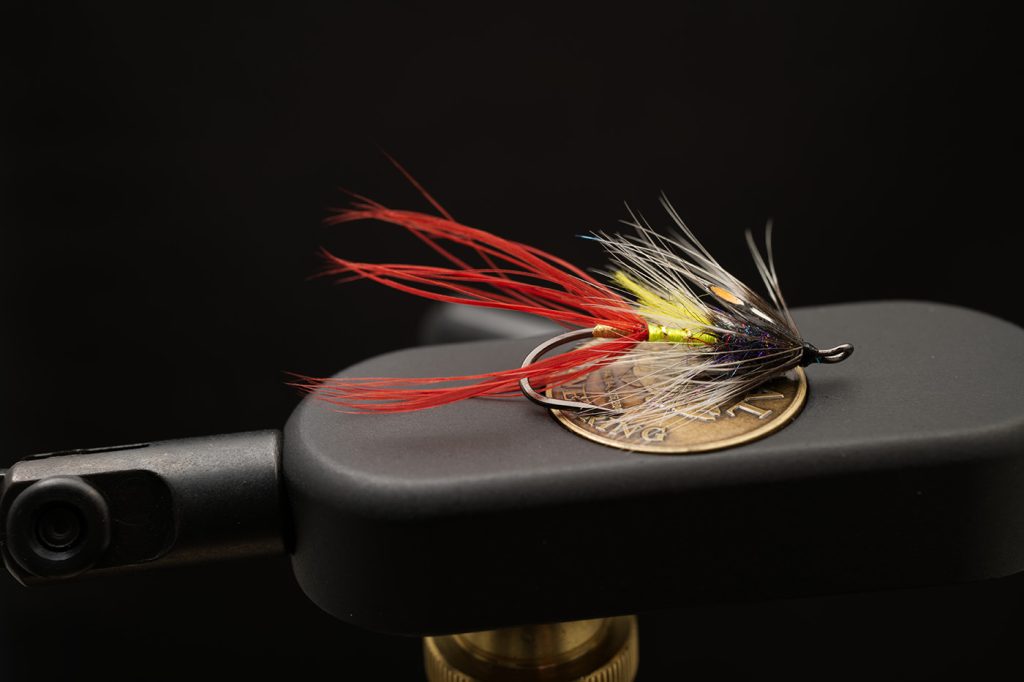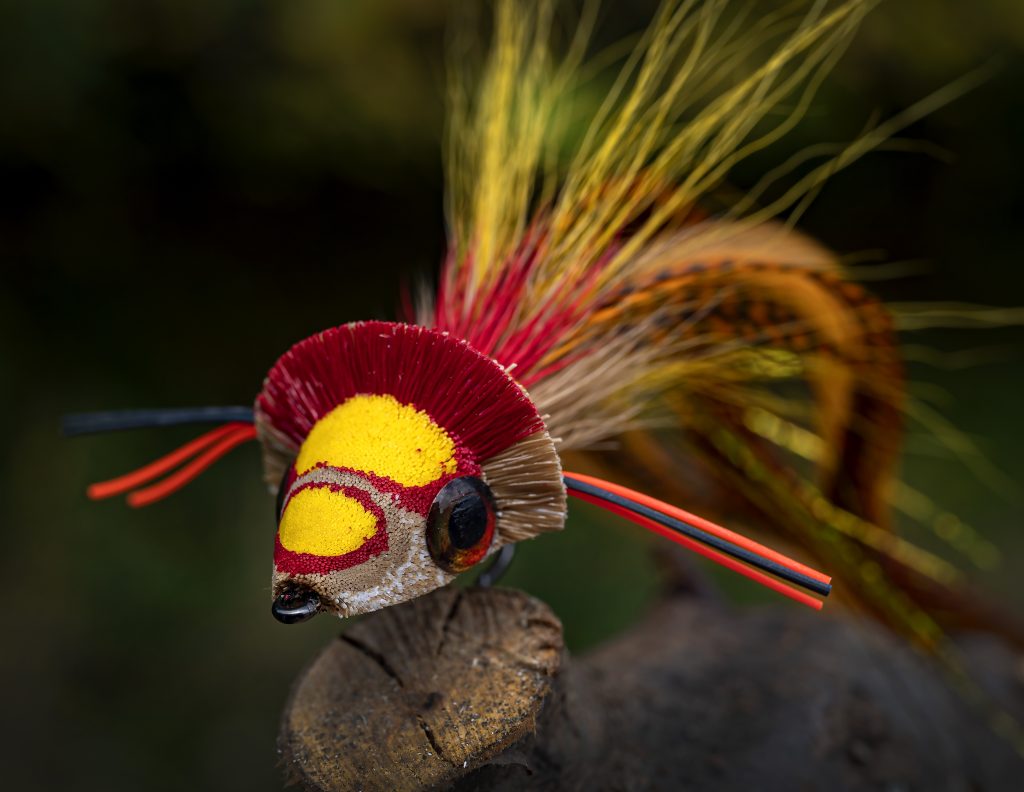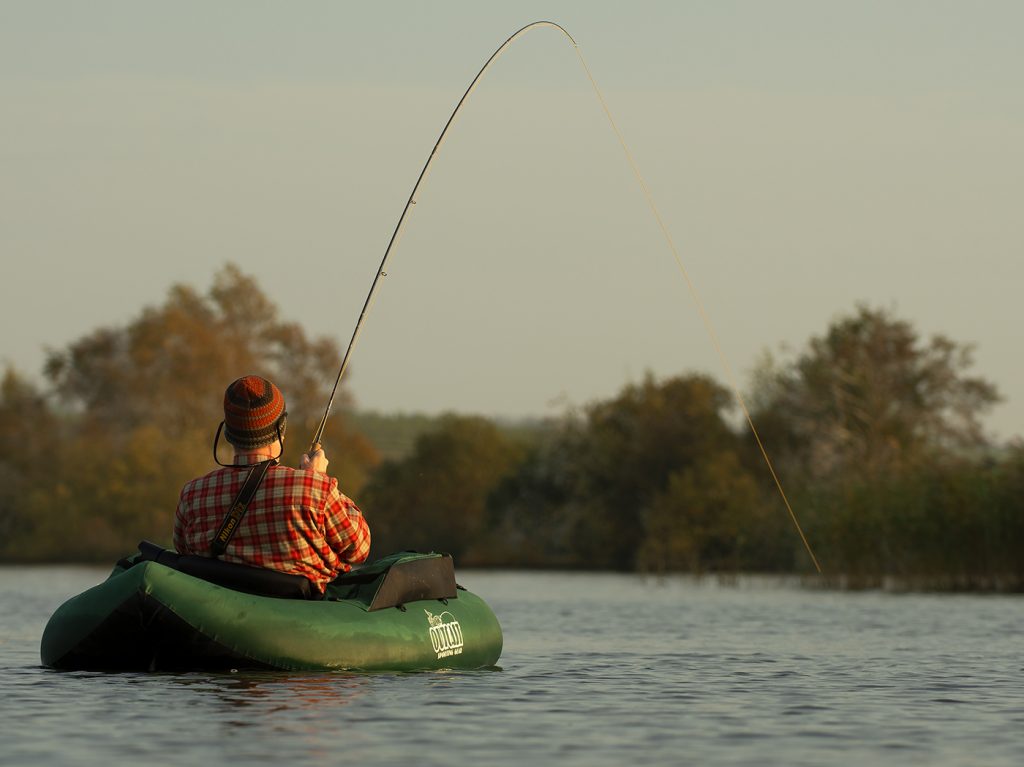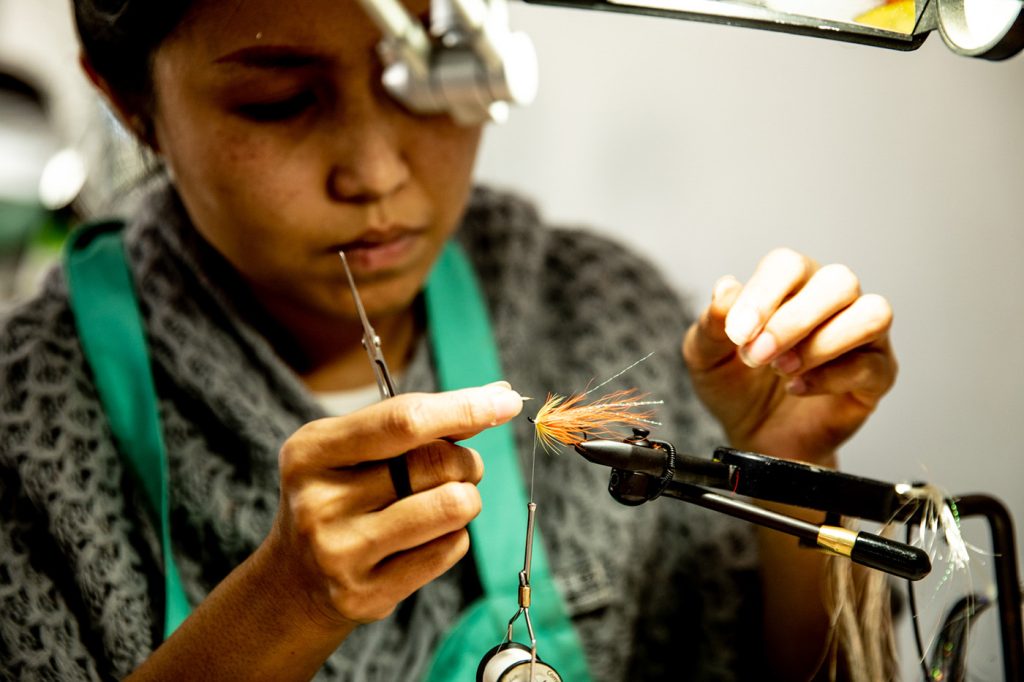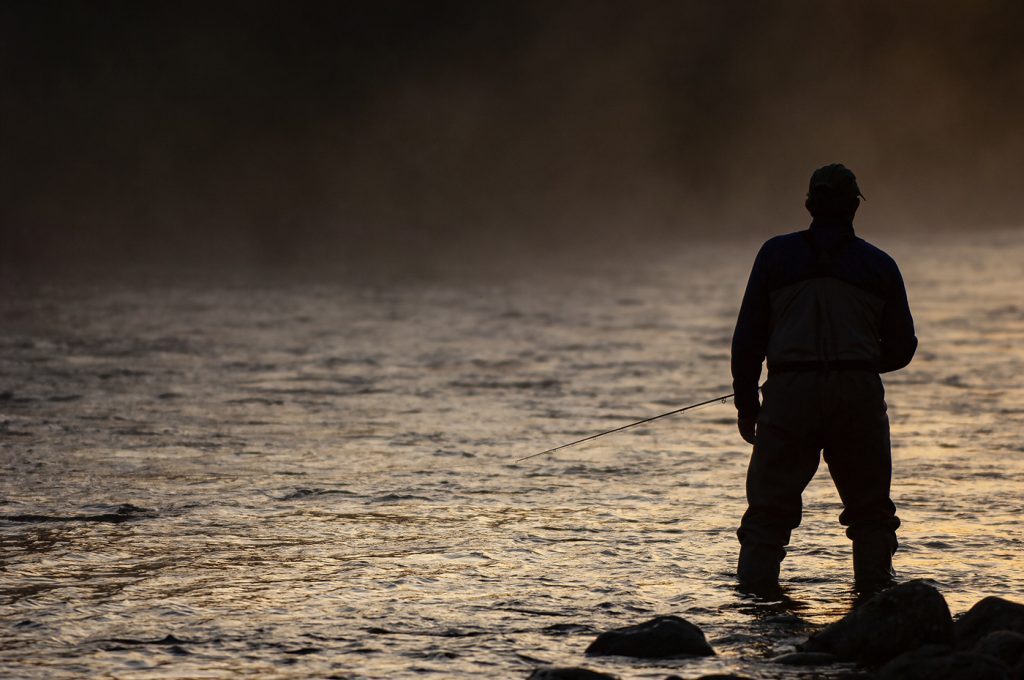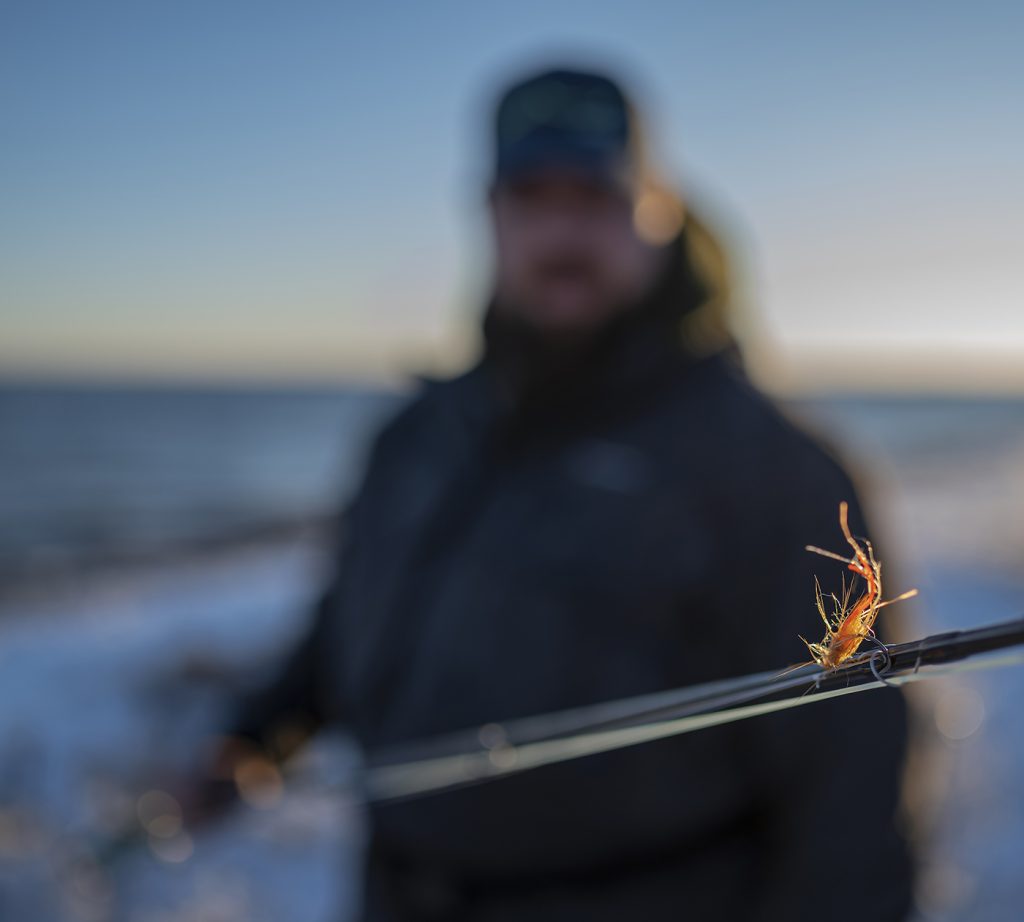
Shrimp flies have always been popular for fly fishermen and especially for saltwater fly fishermen they are a “must-have” in the box. The Scandinavian coastal fishing for sea run brown trouts is now one of the cornerstones of Danish fly fishing and the Danish sea trout love shrimp flies. In this week’s blog, we’ll focus on a new pattern that has gone from strength to strength and proven its effectiveness to coastal sea run brown trout.
Continue reading “Høtyven”

